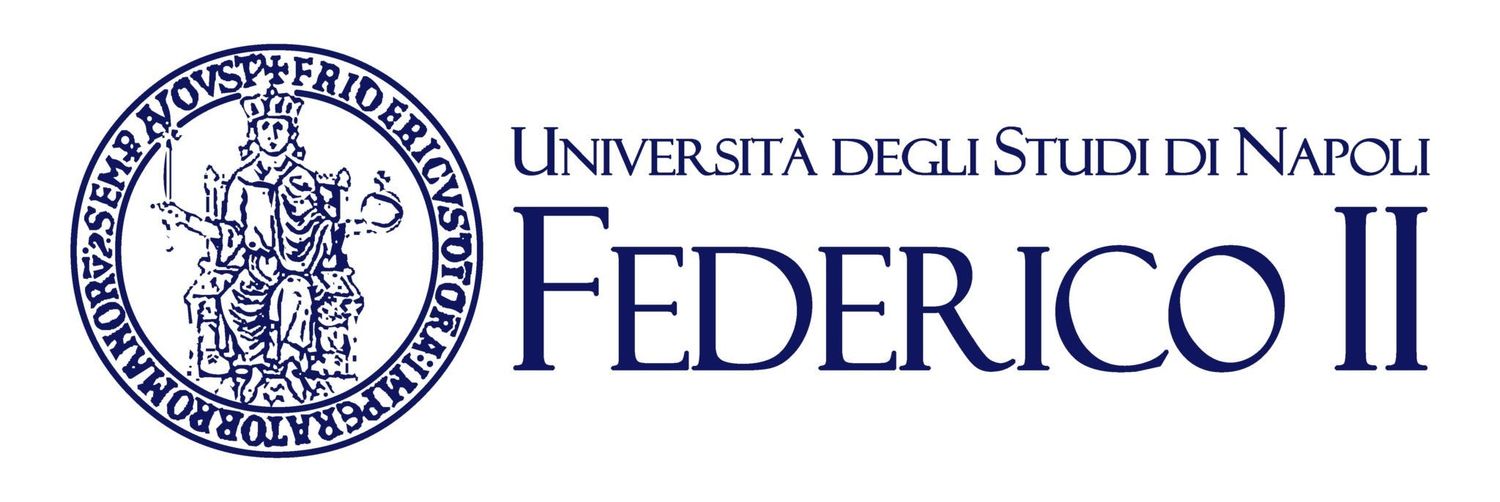Request Demo
Last update 08 May 2025
TGR5 x FXR
Last update 08 May 2025
Related
6
Drugs associated with TGR5 x FXRTarget |
Mechanism FXR agonists [+1] |
Active Org. |
Originator Org. |
Active Indication |
Inactive Indication- |
Drug Highest PhasePhase 1 |
First Approval Ctry. / Loc.- |
First Approval Date20 Jan 1800 |
Target |
Mechanism FXR modulators [+1] |
Active Org. |
Originator Org. |
Active Indication- |
Inactive Indication- |
Drug Highest PhasePreclinical |
First Approval Ctry. / Loc.- |
First Approval Date20 Jan 1800 |
Target |
Mechanism FXR modulators [+1] |
Active Org. |
Originator Org. |
Active Indication- |
Inactive Indication- |
Drug Highest PhasePreclinical |
First Approval Ctry. / Loc.- |
First Approval Date20 Jan 1800 |
2
Clinical Trials associated with TGR5 x FXRNCT06705998
A Phase I, Two Parts Study to Investigate the Safety, Tolerability, Pharmacokinetics and Pharmacodynamics of Single and Multiple Ascending Doses of BAR502 in Healthy Subjects
First-in-human, single centre, two parts, dose-escalation, parallel-group, safety, tolerability, pharmacokinetic and pharmacodynamic Phase I study. Part A: randomised, double-blind, placebo-controlled, single ascending dose study.
Part B: open label, multiple ascending dose study.
Part B: open label, multiple ascending dose study.
Start Date04 Dec 2024 |
Sponsor / Collaborator |
NCT05203367
Randomized, Double-Blind, Placebo-Controlled, Phase 1 Study to Investigate the Safety, Tolerability, Pharmacokinetics, and Pharmacodynamics of Single-Ascending Doses of BAR 502 in Healthy Subjects
This is a prospective, single-center, randomized, double-blind, placebo-controlled, single-ascending dose (SAD) phase 1 study to evaluate the safety and tolerability of single-ascending doses of BAR 502 in healthy male and female subjects.
Start Date25 Nov 2022 |
Sponsor / Collaborator |
100 Clinical Results associated with TGR5 x FXR
Login to view more data
100 Translational Medicine associated with TGR5 x FXR
Login to view more data
0 Patents (Medical) associated with TGR5 x FXR
Login to view more data
458
Literatures (Medical) associated with TGR5 x FXR01 May 2025·Journal of Ethnopharmacology
Gegen-Qinlian decoction alleviates metabolic dysfunction-associated steatohepatitis by modulating the microbiota-bile acid axis in mice
Article
Author: Cao, Ying ; Chen, Milian ; Wu, Yan ; Shu, Xiangbing ; Zhao, Wenxia ; Ji, Guang ; Zhang, Li
01 May 2025·International Journal of Biological Macromolecules
Salidroside attenuates NASH through regulating bile acid-FXR/TGR5 signaling pathway via targeting gut microbiota
Article
Author: Li, Hongshan ; He, Zheyun ; Wu, Boming ; Xia, Zhanyang ; Zhang, Jun ; Zhou, Jing ; Liu, Hongliang ; Chen, Si ; Wu, Yuan
01 Apr 2025·American Journal of Physiology-Gastrointestinal and Liver Physiology
Progesterone sulfates are enterohepatically recycled and stimulate G protein-coupled bile acid receptor 1-mediated gut hormone release
Article
Author: Fonseca Pedro, Patricia ; Marschall, Hanns-Ulrich ; Cox, Helen M ; Tsakmaki, Anastasia ; Bewick, Gavin A ; Lövgren-Sandblom, Anita ; Ovadia, Caroline ; Williamson, Catherine ; Mitchell, Alice L ; Chambers, Jenny ; Fan, Hei Man ; Tough, Iain R
Analysis
Perform a panoramic analysis of this field.
login
or

AI Agents Built for Biopharma Breakthroughs
Accelerate discovery. Empower decisions. Transform outcomes.
Get started for free today!
Accelerate Strategic R&D decision making with Synapse, PatSnap’s AI-powered Connected Innovation Intelligence Platform Built for Life Sciences Professionals.
Start your data trial now!
Synapse data is also accessible to external entities via APIs or data packages. Empower better decisions with the latest in pharmaceutical intelligence.
Bio
Bio Sequences Search & Analysis
Sign up for free
Chemical
Chemical Structures Search & Analysis
Sign up for free

